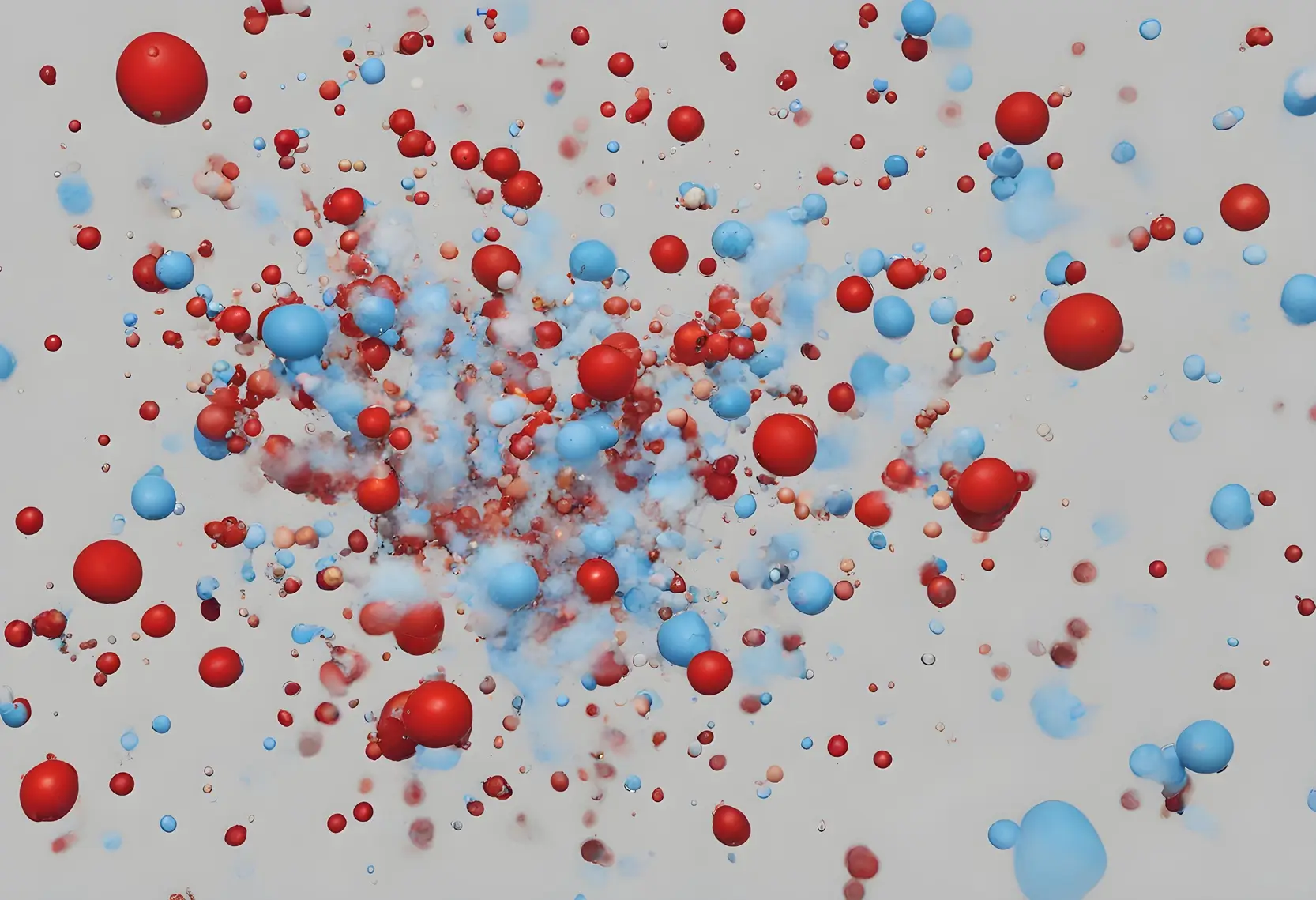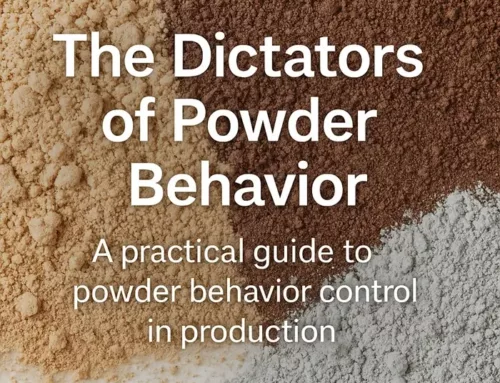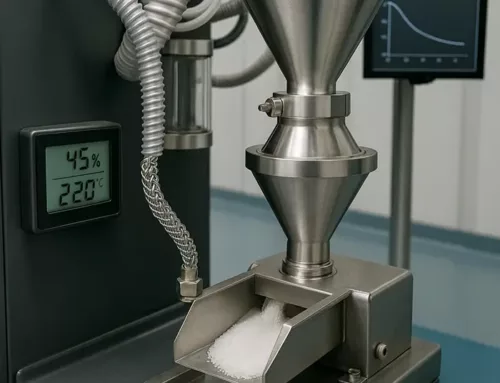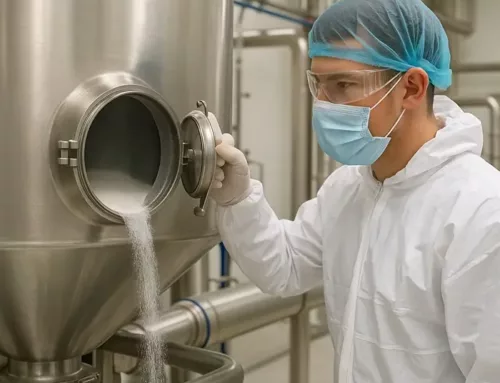
Density Isn’t Always the Win You Think It Is
Packing density and powder flow are often seen as a success metric. More material per volume, fewer voids, tighter control. That’s the theory. In practice, denser powders tend to flow poorly. Fine particles increase cohesion. Irregular shapes wedge and resist movement. The result? Blocked feeders, poor dosing, and downtime.
You don’t just lose time. You compromise accuracy. Densely packed powders often segregate in transit, especially if size and shape vary. Once flowability is disrupted, many systems rely on vibration or forced aeration. These measures treat symptoms, not root causes. Good flow starts with good design.
Small Particles, Big Problems
The tension between flow and density comes down to physics. Smaller particles fill space better. They also cling to surfaces, attract each other, and resist movement. That’s why ultra-fine powders rarely flow without help.
Adjusting the particle size distribution can help. A bimodal mix fills voids and improves flow. Larger particles act as carriers, giving structure to the blend. However, if the ratio shifts too far, fines dominate again. Then cohesion increases, and the whole system slows.
Particle shape matters just as much. Spheres roll, flakes wedge. Rounded particles reduce interlocking, which supports smoother flow through hoppers and conveyors. That’s why processes like spray drying and spheroidization are common in critical industries.
Know Your Equipment, or Rethink Your Powder
Flow problems are often blamed on the system. In reality, the powder may never have been suited to the setup. Auger feeders expect predictability. Vibratory feeders prefer light and loose. Pneumatic systems demand fluidity.
You can’t force dense, cohesive powder through a line designed for bulk flow. If your powder resists, either adjust the material or change the system. Pre-blending with flow agents, dry coating, or granulation might help. So can adjusting hopper geometry or adding agitation.
Test your blend early. Use flow function tests, bulk density measurements, and shear cell analysis. The goal isn’t just understanding powder behavior. It’s matching powder to process before trouble starts.
Stop Thinking in Trade-offs
You don’t need to pick the Packing density or powder flow. You need to understand how one affects the other. A powder can be both stable and mobile if engineered well. That starts with clear formulation goals and realistic equipment limits.
Design your system with flow performance in mind. Choose materials that balance efficiency and stability. Don’t over-prioritize compaction if it costs you process reliability. The most successful lines don’t chase density. They chase consistency.







